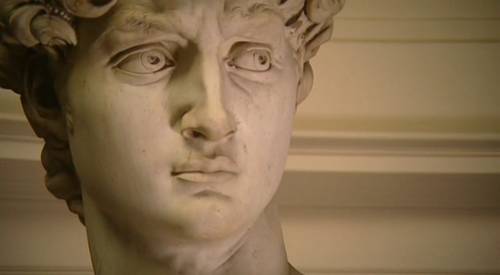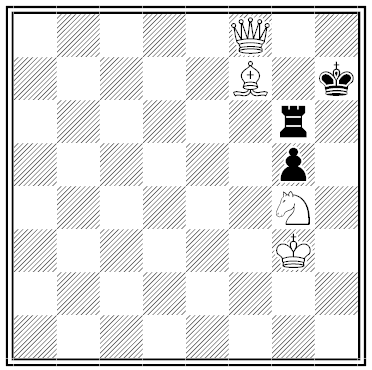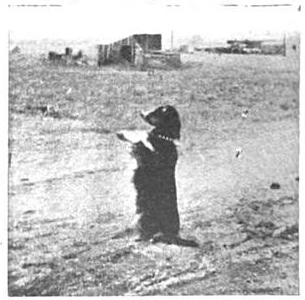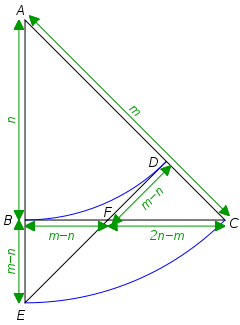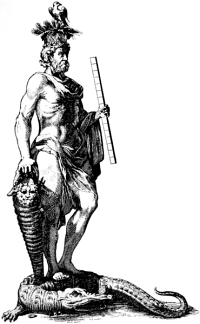
Take a whole stick and cut it in half. Half a minute later, cut each half in half. A quarter of a minute after that, cut each quarter in half, and so on ad infinitum.
What will remain at the end of a minute? An infinite number of infinitely thin pieces? Writes Oxford philosopher A.W. Moore, “Do we so much as understand this?”
Does each piece have any width? If so, couldn’t we reassemble them to form an infinitely long stick? If not, how can we assemble them to form anything at all?

